In the winter of 1925, the isolated town of Nome, Alaska faced a deadly diphtheria outbreak that threatened to become an epidemic. With the town icebound and unreachable by conventional transportation, Nome’s children were in grave danger. The only available serum was in Anchorage, nearly 1,000 miles away. What followed was one of the most remarkable rescue missions in history: the “Great Race of Mercy.” This lifesaving journey involved 20 mushers and about 150 sled dogs who relayed the diphtheria antitoxin across 674 miles of treacherous Alaskan wilderness in just 5½ days – a trip that normally took 25 days.
The serum arrived in Nome on February 2, 1925, and was successfully administered to the sick children, preventing an epidemic that could have decimated the town’s population. This extraordinary relay became known as the 1925 serum run to Nome, and while Balto emerged as the celebrated hero of this mission, the full story involves many more remarkable dogs and brave men who risked their lives in brutally harsh conditions to save a community on the brink of disaster.
Who Was Balto Before Fame?

Balto was not born into the spotlight. He was a Siberian Husky born in 1919, owned by Norwegian musher Leonhard Seppala, who operated a dog sled team that delivered mail and supplies between settlements in Alaska. Despite later becoming a symbol of canine heroism, Balto was actually considered an ordinary working dog within Seppala’s kennel. He wasn’t initially viewed as one of Seppala’s top dogs and was primarily used as a freight dog rather than a lead dog in races or challenging expeditions.
Unlike the specially trained lead dogs that typically guided teams through the harshest conditions, Balto had not been groomed for leadership roles. Seppala himself was known to consider Balto “scrub dog” material—capable but not exceptional. This humble beginning makes Balto’s eventual role in the serum run even more remarkable, as he would rise from relative obscurity to demonstrate exceptional abilities when they were most critically needed. The unremarkable working dog would soon have his moment to prove himself in one of the most challenging environments on earth.
The Diphtheria Outbreak Crisis

By January 1925, Nome’s only physician, Dr. Curtis Welch, recognized the telltale signs of diphtheria in several children. This highly contagious bacterial disease causes a thick covering in the back of the throat, leading to difficulty breathing, heart failure, paralysis, and death. The town’s small supply of antitoxin had expired, and Dr. Welch knew that without fresh serum, Nome faced a catastrophic epidemic. On January 22, he sent telegrams pleading for help, alerting officials that an epidemic could claim the lives of most of Nome’s 10,000 residents, many of whom were Alaska Natives with no immunity to the disease.
The problem seemed insurmountable. Nome was completely isolated by winter conditions. The port was frozen solid, and the only aircraft that might have delivered the serum were dismantled for winter storage. The nearest supply of serum was in Anchorage, and the only viable delivery method was the Iditarod Trail, a mail route that connected Anchorage to Nome. Officials organized an extraordinary relay of the best mushers and dog teams in the territory. The serum would travel by train from Anchorage to Nenana, and then by dog sled relay teams the remaining 674 miles to Nome—a journey normally requiring 25 days, but which needed to be completed in days to save lives.
The Relay Organization and Challenges

The serum relay was a masterpiece of logistics under extreme pressure. Governor Scott Bone approved the plan on January 26, and the precious cargo left Anchorage by train the same day. When it reached Nenana the following day, the first musher, “Wild Bill” Shannon, wrapped the 20-pound package in protective furs, tucked it into his sled, and set off into the darkness with his team of nine dogs. The temperature was an astounding -50°F (-46°C), and would drop even further during parts of the journey. Each musher would travel a segment of the trail before passing the serum to the next team at designated checkpoints.
The challenges were extraordinary. Mushers faced temperatures that dipped below -60°F (-51°C), with wind chills approaching -100°F (-73°C). They battled blizzard conditions with near-zero visibility, treacherous ice on the Yukon River, and the constant risk of frostbite and hypothermia. Some stretches required crossing glare ice where the dogs could barely gain traction. Others involved navigating mountain passes with sheer drop-offs on either side. The relay participants knew they were racing against death itself, pushing themselves and their dogs to the absolute limits of endurance in conditions that had killed many experienced Alaskans before them.
Leonhard Seppala and Togo’s Crucial Role
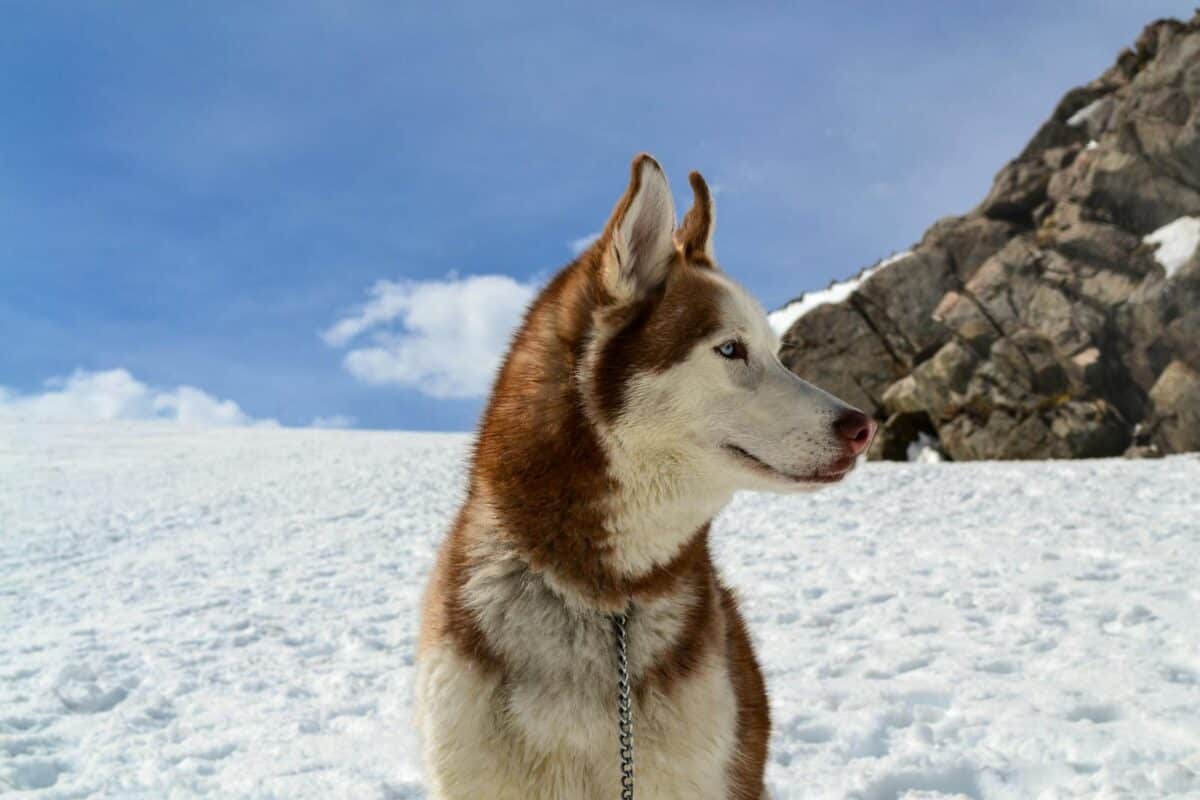
While Balto would eventually capture public imagination, the most difficult and critical leg of the journey was actually run by Leonhard Seppala and his lead dog Togo. Seppala was the most experienced musher in Alaska, and Togo was his trusted 12-year-old lead dog with exceptional navigation abilities. Seppala and Togo were assigned the most dangerous stretch of the relay, traveling 91 miles (some accounts say up to 260 miles including their return journey) – significantly farther than any other team. Their route required crossing the treacherous Norton Sound, where they risked breaking through thin ice into the freezing water below.
What made Seppala and Togo’s contribution particularly remarkable was that they ventured out in a blizzard and made a daring shortcut across Norton Sound, saving a crucial day of travel time. Togo navigated through a whiteout blizzard, somehow finding the trail and guiding the team safely across the frozen sound. When they finally handed off the serum to the next musher, Charlie Olson, at Golovin, both Seppala and his dogs were exhausted. Togo had led his team through the most demanding conditions of the entire relay, demonstrating extraordinary intelligence and stamina. Seppala would later maintain that it was Togo, not Balto, who deserved recognition as the true hero of the serum run.
Balto’s Critical Final Leg
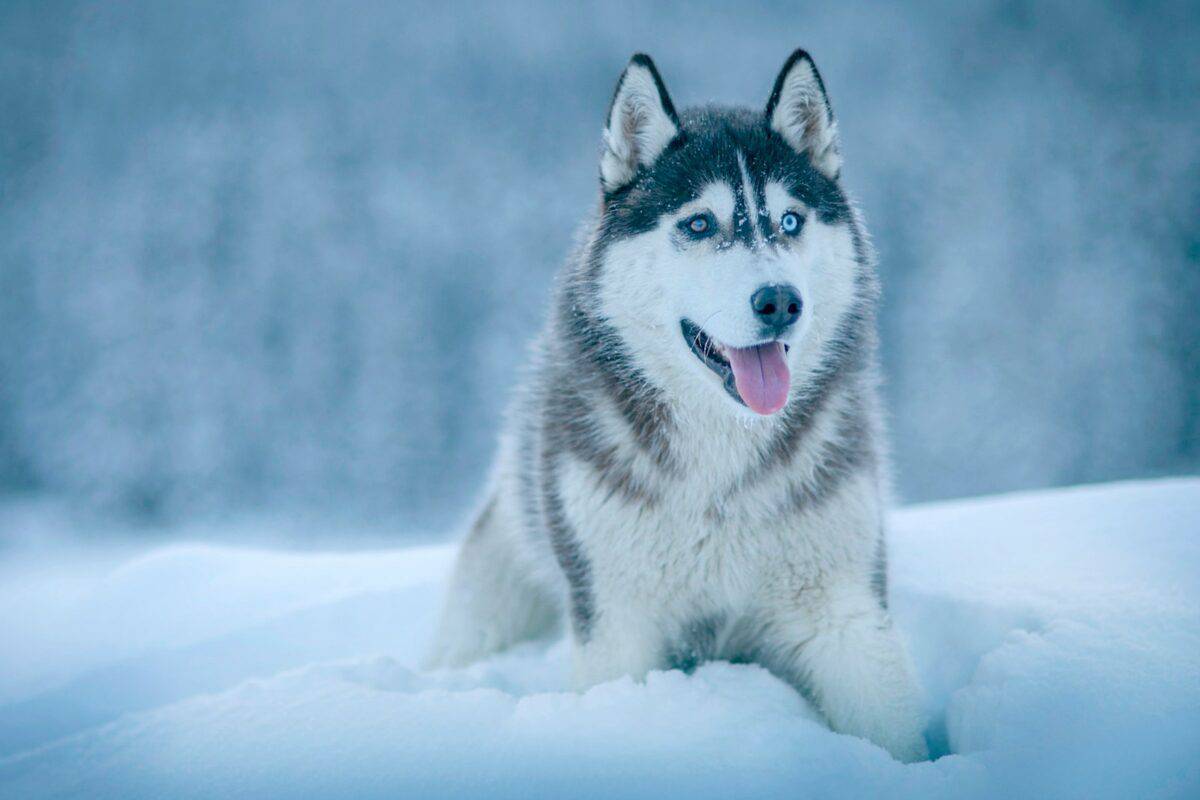
After several more handoffs, the serum reached Gunnar Kaasen, who would drive the final leg into Nome with Balto leading his team. This final stretch was supposed to be handled by musher Ed Rohn, but Kaasen decided to press on when a fierce blizzard threatened to strand them. With temperatures plunging to -40°F (-40°C) and wind speeds exceeding 65 mph (105 km/h), visibility was reduced to near zero. In these extreme conditions, Balto showed remarkable abilities that no one had previously recognized in him. When Kaasen couldn’t see the trail, Balto could somehow sense it, keeping the team on course even when their human driver was completely disoriented.
At one point, the sled tipped over in deep snow, and the serum package was nearly lost. Kaasen frantically dug through the snow with his bare hands, risking severe frostbite to recover the precious cargo. Through hurricane-force winds and snowdrifts, Balto led the team safely across the dangerous ice of the Topkok River and navigated the final stretch into Nome. At 5:30 AM on February 2, 1925, Kaasen and his team arrived in Nome with the serum intact. Balto had guided the team through impossible conditions for the final 53 miles, completing a journey that even the most experienced mushers had deemed too dangerous to attempt in such weather.
The Immediate Aftermath and Lives Saved

The serum arrived in Nome just in time. Dr. Welch immediately began administering the diphtheria antitoxin to the most critically ill patients. Within days, the spread of the disease slowed, and while diphtheria would claim five lives in Nome, the death toll could have been in the hundreds or thousands without the successful delivery of the serum. News of the relay captured international attention, with headlines across America celebrating the heroic mushers and dogs who had accomplished the seemingly impossible.
The “Great Race of Mercy” was recognized as an extraordinary humanitarian achievement. Additional serum arrived by air when weather permitted in February, ensuring that Nome had sufficient supplies to completely contain the outbreak. The relay had not only saved countless lives directly but had demonstrated the critical importance of maintaining the dog sled routes that connected Alaska’s remote communities during winter months. The territory’s governor issued commendations to all the mushers who participated, acknowledging their selfless courage in facing life-threatening conditions to save strangers hundreds of miles away.
Balto’s Rise to International Fame

Balto became an overnight sensation. While other dogs had run longer and more difficult stretches, Balto captured public imagination as the dog who had guided the final leg into Nome. Within days of the serum run, Balto was the most famous dog in America. Gunnar Kaasen and Balto were invited to participate in a movie based on their journey and traveled to Hollywood, where they were greeted by crowds of admirers. Balto’s image appeared in newspapers nationwide, and he toured the country with Kaasen for several months, greeted by cheering crowds wherever they went.
The pinnacle of Balto’s fame came on December 17, 1925, when a bronze statue of him was unveiled in New York’s Central Park. Sculpted by Frederick Roth, the statue bears the inscription: “Endurance · Fidelity · Intelligence.” Balto himself was present at the dedication ceremony, just ten months after his historic run. The statue remains one of the most popular attractions in Central Park today, especially for children who are often seen climbing onto the bronze dog’s back. Balto had become more than just a famous dog; he had transformed into a symbol of courage, endurance, and the special bond between humans and canines in the face of extraordinary challenges.
The Controversy: Balto vs. Togo
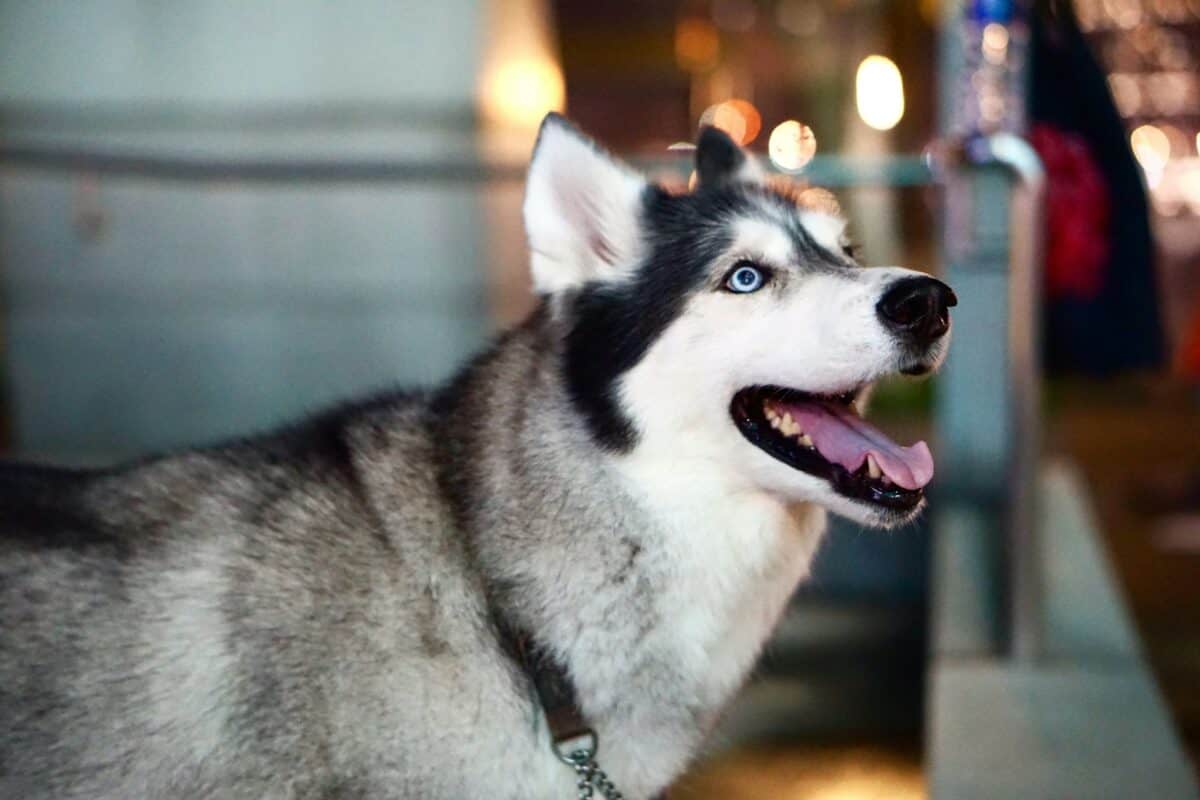
While the public celebrated Balto, the mushers and dog handlers of Alaska knew that the story was more complex. Leonhard Seppala, who had raised Balto but considered him an average freight dog, was dismayed to see Balto receiving credit that he believed rightfully belonged to his lead dog Togo. By any objective measure, Togo’s contribution to the serum run was more significant—he had led Seppala’s team through the most hazardous conditions over a much greater distance. At 12 years old, Togo was already a legendary lead dog in Alaska before the serum run, known for his intelligence, leadership, and ability to navigate in impossible conditions.
Seppala would later remark: “I never had a better dog than Togo. His stamina, loyalty, and intelligence could not be improved upon. Togo was the best dog that ever traveled the Alaska trail.” The controversy highlights how media narratives can sometimes oversimplify complex events. While Balto’s final leg was indeed heroic and crucial, the serum run was a collective achievement involving many extraordinary dogs and men. In recent years, historians and dog enthusiasts have worked to give Togo his proper recognition. In 2019, the Disney+ film “Togo” helped introduce modern audiences to this lesser-known but arguably more significant canine hero of the 1925 serum run.
Balto’s Later Life and Struggles

Despite his international fame, Balto’s post-serum run life took a troubling turn. After the publicity tour ended, ownership of Balto and his team was transferred to a small-time vaudeville promoter who exhibited them as a sideshow attraction. When the public’s interest eventually waned, Balto and his teammates were sold to a novelty museum and eventually ended up chained in a small storeroom of a second-rate Los Angeles sideshow, neglected and in poor health. Balto, once celebrated nationwide, was forgotten and mistreated, a sad counterpoint to his heroic service.
In 1927, Cleveland businessman George Kimble visited the sideshow and was horrified to discover the deplorable conditions in which Balto and his teammates were kept. Kimble negotiated a price of $2,000 for the dogs but was given only two weeks to raise the funds. Cleveland’s children rallied to the cause, raising money through a campaign promoted by the Cleveland Plain Dealer newspaper. The funds were secured just in time, and Balto and his six surviving teammates were brought to Cleveland for a hero’s welcome. The dogs spent their remaining years in comfort at the Brookside Zoo (now the Cleveland Metroparks Zoo), where Balto was given the special care and respect he had earned.
The Legacy of the 1925 Serum Run
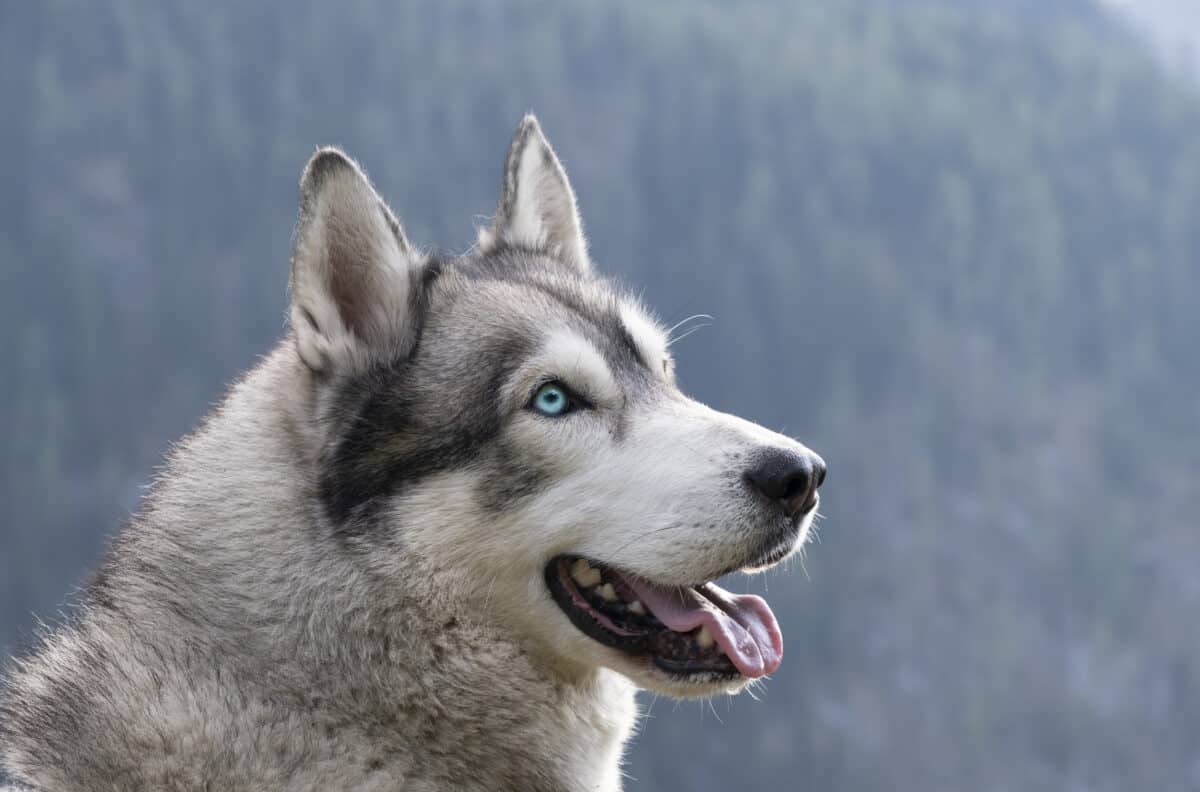
The 1925 serum run had far-reaching impacts beyond saving Nome from a diphtheria epidemic. It demonstrated the vital importance of the Iditarod Trail as a winter transportation route and highlighted the irreplaceable role of sled dogs in Alaska’s transportation system. When Balto died on March 14, 1933, his body was mounted and displayed at the Cleveland Museum of Natural History, where visitors can still see him today. But his legacy extends far beyond his preserved remains.
The serum run inspired the creation of the Iditarod Trail Sled Dog Race in 1973, which follows much of the historic trail used in 1925. This annual event commemorates the serum run and celebrates the tradition of dog sledding in Alaska’s history and culture. The story has been retold in books, documentaries, and films, including the animated feature “Balto” in 1995, which introduced a new generation to the heroic journey. While the film took significant liberties with the historical facts, it kept the memory of the serum run alive in popular culture. Schools across America continue to teach children about Balto and the serum run as lessons in courage, perseverance, and the remarkable capabilities of working animals.
Modern Perspectives on the Serum Run

Contemporary historians have developed a more nuanced understanding of the serum run that acknowledges the contributions of all participants. While early accounts focused primarily on Balto, modern scholarship recognizes the crucial roles played by mushers like Leonhard Seppala, Henry Ivanoff, Charlie Olson, and dogs like Togo, Fox, and many others whose names have been lost to history. The serum run is now understood as a remarkable demonstration of community cooperation across cultural divides, with Alaska Native, Norwegian, Russian, and American mushers all participating in the relay.
Medical historians have also noted the significance of the serum run in the broader context of public health history. The diphtheria antitoxin that was transported to Nome represented cutting-edge medical science of the time, and the extreme measures taken to deliver it demonstrate the growing commitment to public health even in the most remote communities. The serum run occurred just as aviation was beginning to transform Alaska, marking one of the last great achievements of traditional dog sledding before air transport would gradually replace it for emergency deliveries. This timing has given the serum run additional historical significance as the culmination of thousands of years of human-canine partnership in Arctic transportation before technological change would forever alter this relationship.
The Enduring Impact of Balto’s Story
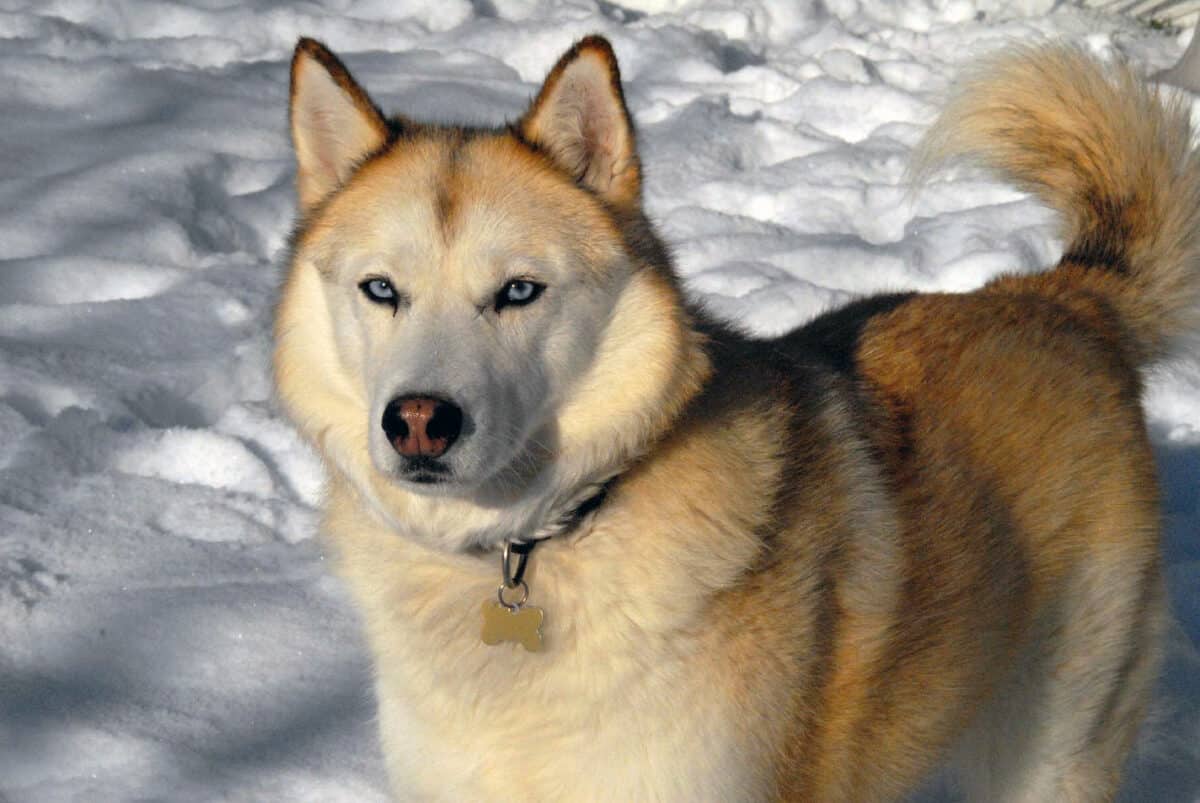
Over nearly a century since the serum run, Balto’s story continues to resonate with people worldwide. His journey represents more than just a historical event—it embodies universal themes of courage, sacrifice, and the extraordinary bond between humans and dogs. Balto’s story has been a source of inspiration during other crises, including the COVID-19 pandemic, when parallels were drawn between the race to deliver vaccines and the 1925 race to deliver diphtheria antitoxin. In this way, Balto’s legacy extends beyond Alaska to touch on enduring human experiences of crisis and response.
- How Baby Giraffes Learn to Walk Within Hours - August 16, 2025
- Why We Need to Save The Cross Gorilla, The Most Endangered Primate in The World - August 16, 2025
- This Snake Can Climb Glass Walls - August 16, 2025

